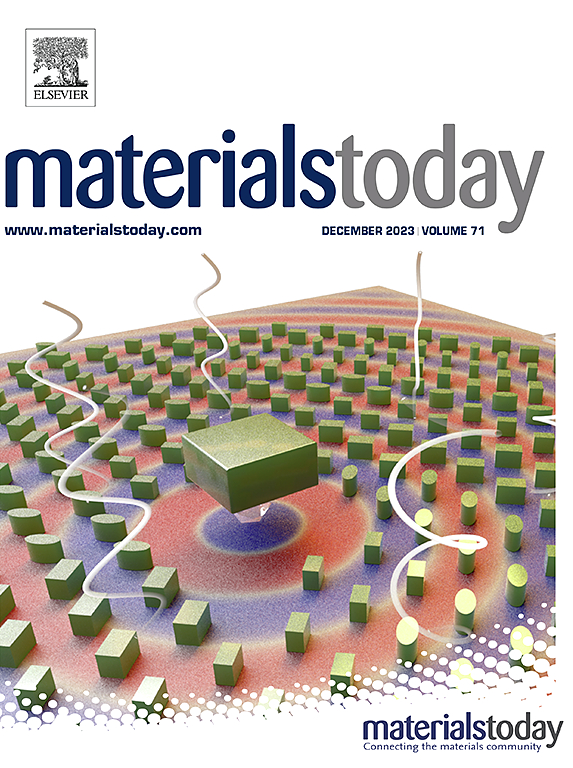Plasma-driven electrode architecture engineering: A transformative paradigm for high-efficiency energy storage
IF 22
1区 材料科学
Q1 MATERIALS SCIENCE, MULTIDISCIPLINARY
引用次数: 0
Abstract
Electrochemical energy storage systems have emerged as a critical pillar for the transition towards renewable energy integration due to their high efficiency and operational flexibility. However, their performance advancement is inherently constrained by the structural and interfacial characteristics of energy storage materials. The design of electrode materials and their surface/interface properties directly determine the system’s energy storage capabilities, yet conventional modification strategies struggle to achieve atomic-level precision and multi-dimensional performance optimization. Plasma technology offers a transformative pathway to overcome this bottleneck through nanoscale structural control. This review first provides a concise overview of plasma technology’s fundamental principles and its interaction mechanisms with materials. It then systematically elaborates the innovative applications of plasma technology at various energy storage systems. Finally, the challenges and future development trajectories are systematically presented. This review aims to inspire novel material and structural designs in advanced energy storage systems, paving the way for next-generation high-performance energy storage solutions through plasma-material synergies.

等离子体驱动电极结构工程:高效储能的变革范例
电化学储能系统由于其高效率和操作灵活性,已成为向可再生能源一体化过渡的关键支柱。然而,它们的性能进步受到储能材料结构和界面特性的内在限制。电极材料的设计及其表面/界面特性直接决定了系统的储能能力,然而传统的修饰策略难以达到原子级精度和多维性能优化。等离子体技术通过纳米级结构控制为克服这一瓶颈提供了一条变革性的途径。本文首先简要介绍了等离子体技术的基本原理及其与材料的相互作用机制。然后系统地阐述了等离子体技术在各种储能系统中的创新应用。最后,系统地提出了挑战和未来的发展轨迹。本综述旨在激发先进储能系统中新型材料和结构设计,通过等离子体-材料协同作用为下一代高性能储能解决方案铺平道路。
本文章由计算机程序翻译,如有差异,请以英文原文为准。
求助全文
约1分钟内获得全文
求助全文
来源期刊

Materials Today
工程技术-材料科学:综合
CiteScore
36.30
自引率
1.20%
发文量
237
审稿时长
23 days
期刊介绍:
Materials Today is the leading journal in the Materials Today family, focusing on the latest and most impactful work in the materials science community. With a reputation for excellence in news and reviews, the journal has now expanded its coverage to include original research and aims to be at the forefront of the field.
We welcome comprehensive articles, short communications, and review articles from established leaders in the rapidly evolving fields of materials science and related disciplines. We strive to provide authors with rigorous peer review, fast publication, and maximum exposure for their work. While we only accept the most significant manuscripts, our speedy evaluation process ensures that there are no unnecessary publication delays.
 求助内容:
求助内容: 应助结果提醒方式:
应助结果提醒方式:


